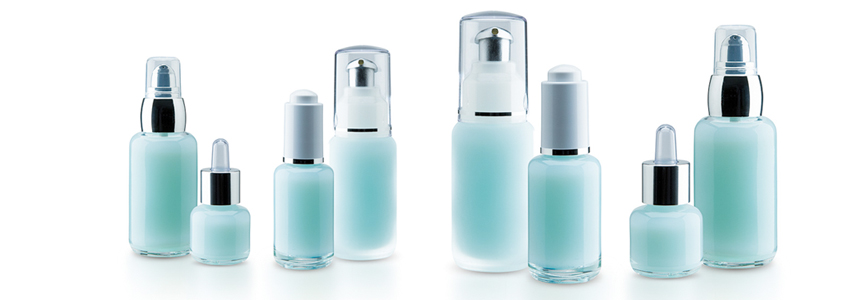
Did you know that there are some commonly used skin care products that may be classified as over the counter drugs, and as such are subject to an expiry date?
According to Health Canada, a drug may include a substance used in the treatment or prevention of a disease. Two of the most common skin care classifications that fall in to this category are sunscreens, which help to prevent sun damage and possibly skin cancer, and acne medication, used to treat disorders of the sebaceous (oil) glands.
Typically, a skin care product that may be classified as an over the counter drug will list ‘active ingredients’ separately, usually above the full ingredient listing on the packaging of the product and/ or its outer packaging (e.g. the product box). These active ingredients are usually the key ingredients used in the skin care product formulation to treat or mitigate the specific skin disorder, and as such the expiry date will signal the date by or before which these ingredients are most effective. This date will be printed (or embossed) somewhere on the physical product packaging, usually the month/year e.g. 05/2017.
Types of common active ingredients in these two classifications of skin care products are as follows:
Sunscreen
There are two types of sunscreens on the market, which are categorized based on the type of active (sunscreen) ingredient(s) used – chemical (organic or carbon based) and physical (inorganic or non-carbon based). These two types function in different ways but ultimately result in the same result i.e. delaying sun-induced eyrthema, usually characterized by visible redness.
Chemical sunscreens agents are absorbed into the skin. They function by absorbing the energy of the sun’s ultraviolet (UV) rays, and dissipating this energy in another form, such as heat. Common examples of these active ingredients are octinoxate, octisalate and oxybenzone.
In the average skin this heat goes undetected, however in sensitive, sensitized or otherwise compromised skin, this heat may present itself as an uncomfortable sensation and may itself cause the skin to go red. Of course, the presence of other ingredients, such as artificial fragrances, colours or denatured alcohol, present in a lot of cosmetic formulations may exacerbate this issue as they are in themselves sensitizing agents. As a result it is important to seek out sunscreen formulations that do not include these types of ingredients.
Physical sunscreens agents are adsorbed onto the skin. By simply adhering to the skin’s surface they function by forming a physical barrier on the skin, thereby deflecting UV rays. Examples of commonly used physical sunscreen active ingredients are titanium dioxide, or zinc oxide, both of which are naturally occurring, opaque white minerals (often found in most mineral makeup formulations!).
As such, this type of formulation would normally be recommended for skins that are sensitive, sensitized or ones that may be otherwise compromised (either permanently or temporarily, for example after recent skin resurfacing or peeling procedures).
As these ingredients must be at least a particular size to effectively filter UV rays, physical sunscreens have been typically known to leave a whitish- greyish appearance to the skin, but for certain skin conditions, the benefits of this type of formulation far outweigh these drawbacks. Fortunately, with increased technology and the use of innovative ingredients, these particular types of formulations have become less and less ‘chalky’ over the years.
Acne Medication
Examples of commonly used ingredients in products that target acne, which may be listed under active ingredients include salicylic acid, sulphur and benzoyl peroxide.
When purchasing these types of products for the purpose of treating or mitigating a skin disease/ disorder, it is important to check the expiry date on the packaging to ensure that you are able to get full use out of the product before it expires. Typically you want to look for 6 – 12 months remaining on the expiry depending the frequency of intended use for the individual. For example an acne spot treatment product may last a lot longer for me than a bottle of sunscreen!
When resurrecting these types of products from under the vanity (for example that sunscreen to take on your getaway trip this year), make it a practice to check the expiry dates to ensure that the product that you are about to use contains active ingredients that are, well… active.
Written by: KoKo Fernando
KoKo Fernando is a qualified chemical engineer, cosmetologist, and professional skin therapist with a background in education & training, sales and operations management within the energy, manufacturing, fashion and beauty industries. Her passion for health and wellness, combined with her chemical engineering training, fuels her fascination for how product ingredients affect the body and mind. She currently teaches courses in the Cosmetics, Esthetician/ Spa Management and Fashion Arts programs at a College in Toronto, Canada.
